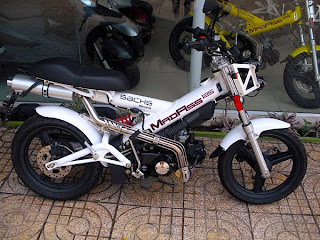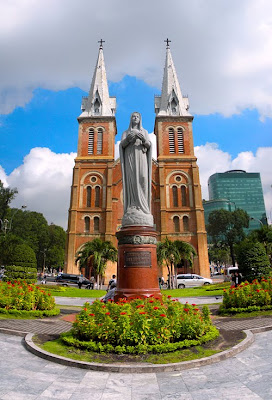A month ago I took a trip to the coconut capital of Vietnam: Ben Tre province. The name literally translates as "bamboo landing" which is fitting because of the abundant vegetation in the region. Ben Tre is an island flanked by two of the main branches of the Tien Giang river in the Mekong Delta (the Tien Giang river itself is one of the two main branches of the Mekong river). The way to access Ben Tre is by bridge.
The above photo is of the Rach Mieu bridge that connects Tien Giang Province and Ben Tre Province. It is very large with the towers of the bridge reaching over 115m and enough clearance below to accommodate a 12 story building.
Coconuts are the most famous product of the region, and rightly so. The region produces over 300,000,000 coconuts annually! Coconuts are used in many things such as wines (above), candies, dried pulp snacks, and more than 50 local dishes.
The coconut "hair" is also collected and used for floor mats (above, preparing to be loaded onto the large boat) and the leaves are collected for use in thatched roofs. The people of Ben Tre are very conscious about not letting anything go to waste.
The above picture is a very typical scene in Ben Tre of several smaller boats offloading their coconut cargo onto a larger ship. As the two pictures above show, many of the coconuts (and derivative products) that are produced in the region are loaded onto very large ships for transport. Many of these ships find their destination in other countries around the world.
Ben Tre is a nice place to spend a weekend if you are in the south of Vietnam. It is less than 3 hours by car from Ho Chi Minh City and is quiet and clean. Boats can be hired there easily; you can spend the day cruising the river and enjoying a quiet afternoon in a relaxing environment.





















































